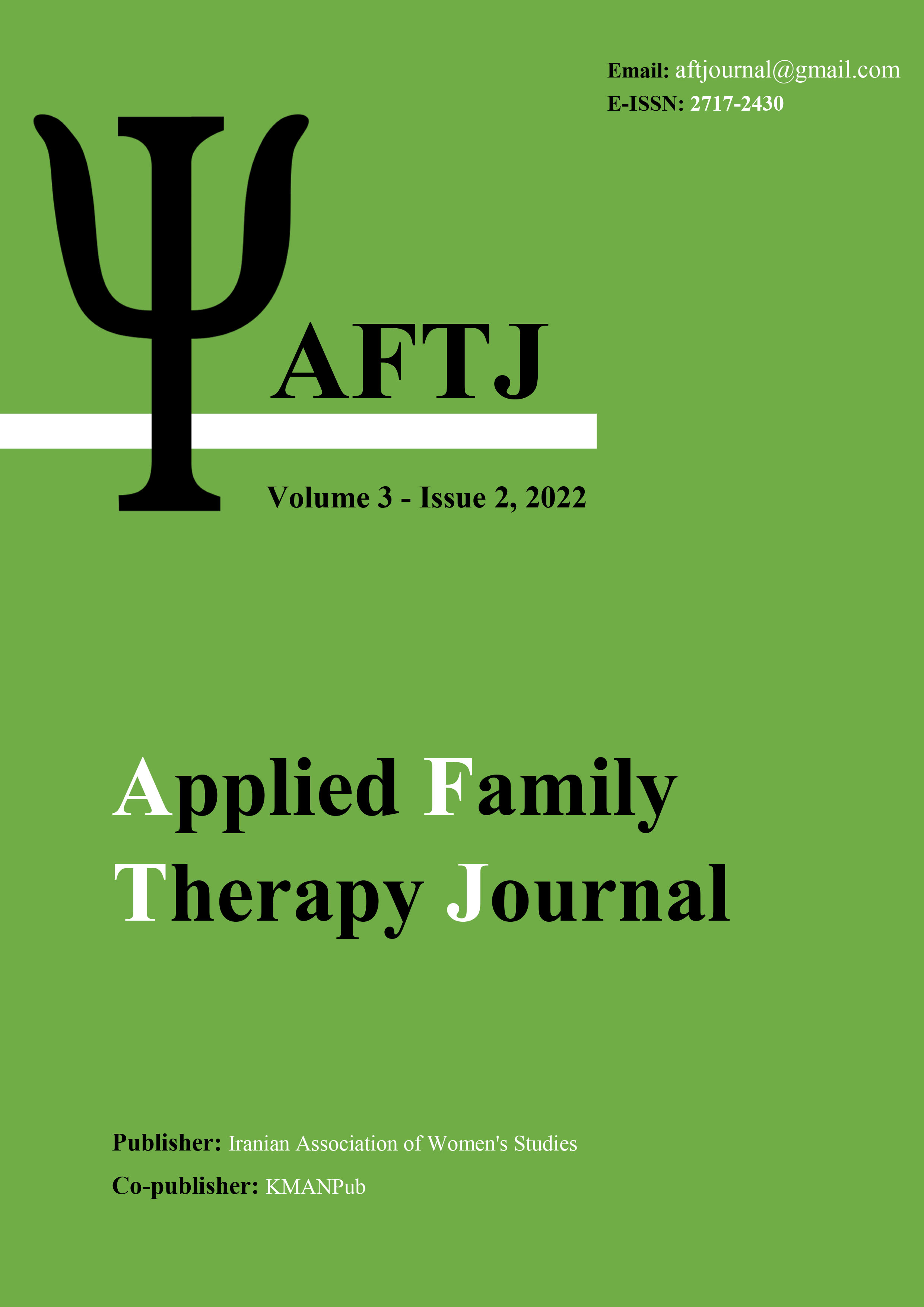Structural model of predicting marital commitment in married women based on religious orientation mediated by spirituality
Keywords:
marital commitment, religious orientation, spiritualityAbstract
Aim: The aim of this study was to explain the structural model of predicting marital commitment in married women based on religious orientation mediated by spirituality. Methods: This was a correlation descriptive study and the population of this study consisted of all married women referred to neighborhood homes with a total of 1095,000 in 2019 from which 347 people were selected by two-stage random sampling. Study tools were included Adams & Jones Marital Commitment Inventory (1977), Underwood & Teresi Daily Spiritual Experience Scale (2002), Allport & Ross Religious Orientation Questionnaire (1967). The data of the present study were analyzed using structural equation modeling. Results: In the present study, the indirect path coefficient between external religious orientation (P=0.001, β=0.104) and internal religious orientation (P=0.001, β=0.201) with marital commitment were positive at the level of 0.01. Conclusion: It seems that when couples' conflicts escalate so much that the collapse of family life threatens them, religious couples rely on religious principles and spirituality to confront each other. It is necessary to pay more attention to the role of religious beliefs and spirituality in increasing marital commitment in all institutions of society, especially the family.
Downloads
Downloads
Published
Issue
Section
License

This work is licensed under a Creative Commons Attribution-NonCommercial 4.0 International License.





















